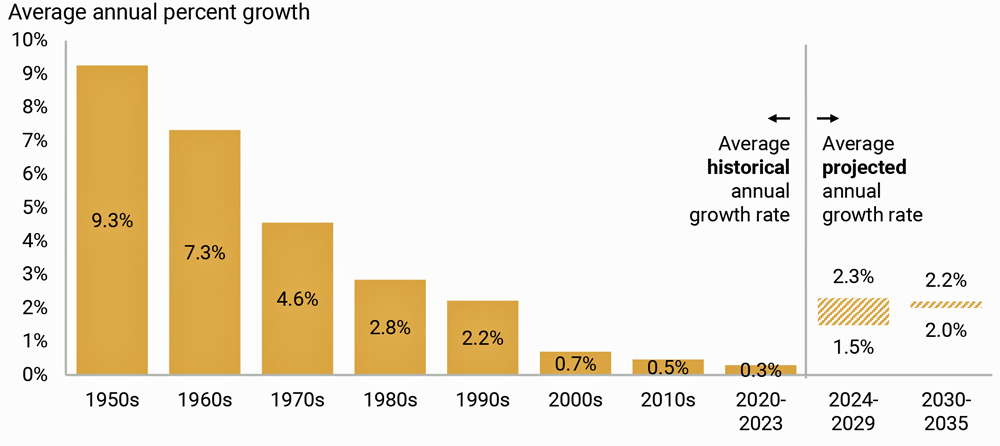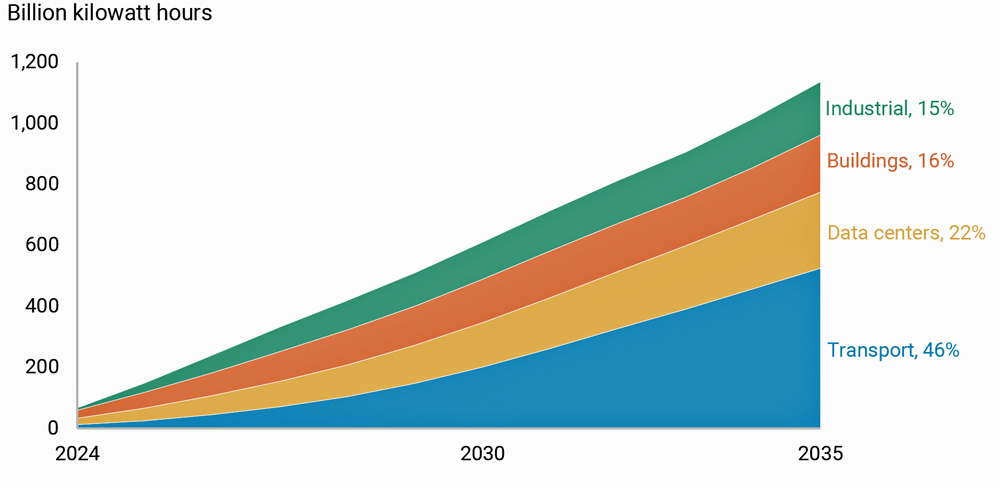All four U.S. senators representing Oregon and Washington have urged the Bonneville Power Administration (BPA) to delay its decision to join a Western day-ahead electricity market until developments play out further around SPP’s Markets+ and CAISO’s Extended Day-Ahead Market (EDAM).
In a July 25 letter addressed to BPA Administrator John Hairston, Democratic Sens. Jeff Merkley (Ore.), Ron Wyden (Ore.), Maria Cantwell (Wash.) and Patty Murray (Wash.) called on the federal power marketing administration to “act carefully and deliberately” before selecting a market.
The letter lays out the need for a “reliable, resilient and clean electrical grid” to achieve “the economic and environmental goals of the Pacific Northwest,” including electrifying transportation and buildings and “meeting the demands of our growing manufacturing and data center industries.”
It also points to the requirement for continued reliable service for residents and businesses in the face of “increasingly frequent extreme weather events.”
The senators’ letter additionally signals a preference shared by many state officials, environmental groups and large energy users across the West: that the region would benefit more from one organized electricity market than from two.
“In light of these major challenges, we share your view that ‘Bonneville’s customers and electricity consumers across the Pacific Northwest may achieve more benefits from participants coalescing around one regional market in the West,’” the senators wrote, quoting from a policy letter circulated by Hairston in January.
The letter comes about four months after BPA staff published a recommendation that the agency choose Markets+ over EDAM and just over a month before it is expected to issue a draft record of decision on its selection. A final decision is slated for November. (See BPA Staff Recommends Markets+ over EDAM.)
“Given ongoing uncertainties and the changing landscape with regard to both day-ahead electricity markets, we are concerned that BPA has expressed a preference for one market before complete and final information is available for clear decision making,” the senators wrote.
Among those uncertainties, according to the senators, is the fact that the Markets+ tariff, which SPP filed with FERC in April, is still under review by a largely new slate of commissioners and could face deficiency letters that take additional time to resolve.
Although not cited in the letter, PacifiCorp, the first utility to fully commit to EDAM, has asked FERC to reject the Markets+ tariff without prejudice, letting SPP refile it without a provision that would allow Markets+ participants to contribute their transmission rights in nonparticipating systems. (See SPP Markets+ Tariff Sparks Concerns for PacifiCorp, NV Energy.)
FERC issued a mostly clean approval of CAISO’s EDAM tariff last December.
The senators also raised a particularly heated topic in the West right now: the potential impact of seams between Markets+ and EDAM, which they said “may prove challenging to resolve, leaving ratepayers unable to realize economic and reliability benefits.”
In response to this concern from stakeholders, both BPA and SPP have said they have ample experience dealing with market seams and would be able to reliably manage the transfer of energy between the two markets. (See SPP’s Experience with Seams Could Help Markets+.)
14 Questions on ‘Leaning’
The senators acknowledged one of BPA’s primary reservations about committing to EDAM — CAISO’s state-run governance — and it credits the agency with spurring a regional effort to increase the ISO’s independence.
“The firm position taken by BPA that governance reforms were necessary helped inspire the West-Wide Governance Pathways Initiative last year. We see this effort has made real progress, culminating with NV Energy’s recent announcement that it intends to join EDAM,” the senators wrote.
For its part, BPA said July 18 that it has ramped up participation in the Pathways Initiative as the effort moves into its second phase, which is focused on changing California law related to CAISO’s governance and establishing an independent Western “regional organization” to assume oversight of the ISO’s EDAM and Western Energy Imbalance Market. But an agency official also noted that the move did not indicate BPA was pulling back from its “leaning” in favor of Markets+. (See BPA Stepping up Participation in Pathways Initiative.)
The senators asked BPA to clarify the reason for its leaning by responding to 14 questions with detailed analysis by Aug. 25. Among them are requests for BPA to explain which of the two day-ahead markets it expects would bring lower energy costs to the Northwest, provide the greatest improvement to grid reliability and reduce greenhouse gas emissions by the largest amount. The senators also asked if the agency’s concerns about CAISO’s governance would be assuaged by California’s adoption of the Pathways Initiative proposal and, if not, what outstanding issues remain.
“BPA’s decision to join a day-ahead market is monumental; BPA must be able to demonstrate that it is in the best interests of communities across the Northwest that are reliant on BPA for both power and transmission services,” they said.
The senators concluded by saying that their letter should not be taken as favoring one market over the other.
“We share a strong belief that any decision of this magnitude warrants thorough evaluation of all options, including joining neither market at this time,” they said. “BPA should refrain from making any draft or final decisions until there is less uncertainty and BPA can prove that any decision will provide the greatest benefit to the entire Northwest.”
In a statement emailed to RTO Insider, BPA said it “understands the magnitude of this decision and is committed to ensuring we do the right thing for our customers and the region through the deliberative process we have engaged in so far. BPA is committed to fully evaluating the benefits and mechanics of day-ahead markets to accomplish this objective.”

